Post-Mortem
Introduction
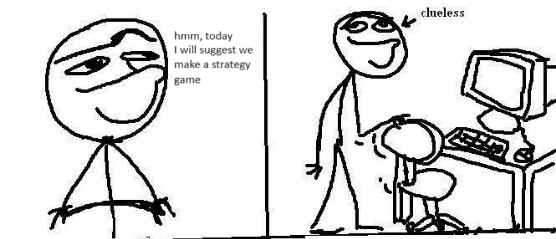
Team 404 has 4 members, Andrew Haywood the lead Programming, Aidan Kennedy the lead artist, Chris Cunningham the project manager and Muhammet Matt Akkoc. We have been working on Wizard Tactical Racing, a turn based racing game that is played on a hex grid. The resources we had to do this were a little limiting. We didn’t have as many people to work on this game as we thought we did. The tools we used were just the basics, Unity to make the game, Trello to keep track of what we had to do and what people were doing, and GitHub to allow us to each work on the game. We had about 4 months to finish the game. Before this time we had already had some ideas about how the game would play and some placeholder art. The game was pitched as a rigged Olympics. Some racers would have advice over you. This turned into wizards running a race with different spells.
What Went Right
There were lots of things that went right in the process of making this game. Communicating with other people in the group was a key skill and a skill that everyone had. If someone was busy they would tell the group before. When an important feature or task was finished they would send a message in the Discord notifying everyone that it was done. Even if it wasn’t an important feature or task, people would still say that they pushed something on GitHub to tell people that there was an update. Working together to make a feature for the game or to fix a bug was done a lot during development. Probably one of the biggest bugs in the game was that in the build version of it, tiles wouldn’t update their sprites. This took multiple weeks of our programmers trying to fix it. Talking about what they tried and what they wanted to try. In the end the bug was fixed by updating unity. The way we designed the game and coded it made it very easy to expand the game, adding new features to it. If we wanted new spells, characters or maps in the game it would be very easy to add them. This decision makes it easy to add DLC to the game. Keeping organised was very important and with the help of Trello, it was easy to do so. A list of what needed to be done by who and by what milestone was easy to see. Keeping the files of the game was also key. Due to there being so many scripts and art assets, sub-folders were created to help sort these things. There were also folders and sub-folders for the animations of all the characters and spells.
What Went Wrong
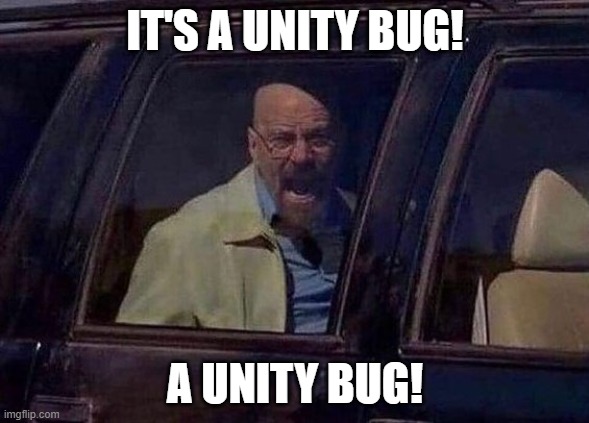
Sadly, there were also some things that went wrong when making the game. One being that bug about the tiles not updating right. Having to try and fix that bug for so long really slowed down development for a while. We couldn’t add as many features and fix other bugs because of that one bug. Although being organised was very key, at first we didn’t use Trello to help keep track of tasks. So during the first few weeks it was a little hard to know what to do next and what others were working on. The only thing we had was a little summary of the meetings we had that was a list of what needed to be done. At the end of development we were all pretty burnt out from all the work we had done for it. Chris took a small break from coding near the end to work on other stuff for the game like the itch page. This meant that Andrew had to finish adding all the characters to the game. Because of the burnout, development really slowed down. This allowed for some bugs to show up at the last minute which was not fun.
Game Milestones
Pitch
The pitch was the first thing about the game. Which included a final game concept, some important game features, milestones of parts of the game like art, what we were using to make the game, some small concept art and a game plan .
First Playable
We had no presentation for the first playable as we were really busy creating the framework of the game. Making the hex grid, the base work for the racers and way spells would be handled.
Alpha
This was a nice first look at what the game would look like finished. There was a spellbook menu to add spells for the race. There was the ability to have multiple AI racers along with the player. There was also now music in the game.
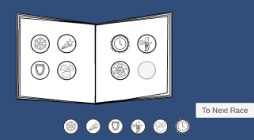
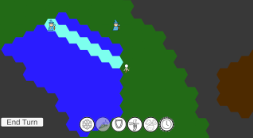
Beta
We added the final character art for the player as well as animations for them. The spell icons also now were coloured. Some of the spells were cut so we could make the other spells better. There was also the art for all of the tiles in the game. We also added a sandbox map so players could test out how the spells work. Since some spells were cut, the amount of spells you could bring in a race was cut from 6 to 4.
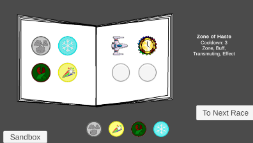
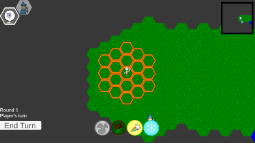
Final Release
All of the characters are done and have animations. There is another map that is shorter. The old map was shortened as it was way too long for players. There was also background for the spellbook and when in a race.
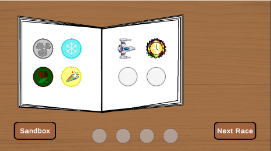
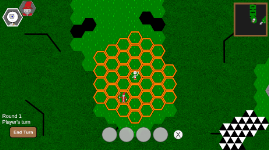
Conclusion
The outcome of this project isn’t that different from the expectations from the start of it. The most notable difference was that we expected we would have a lot more spells to pick from. Communicating with the other people in the group was very good for the team. Continuing to communicate with each other through Discord is very important. Working together on the game was fun and had coding faster. Having some time to work on the game at the same time with others to add features or to fix bugs helped a lot. Being organised with Trello was so helpful and made the project so much easier. Having the files on the game being organised also helps a lot. Making folders for scripts, art, animations and other stuff made it easy to find what you were looking for. Tiles not updating in the build version were very painful to fix. In the future if a bug like that happens again where we can’t fix it for a week or two. We will try to switch unity versions to see if it is a problem with a unity version. Being organised at every point of the project is important. We didn’t know this at the start and we should have started with a Trello as soon as we started. Burnout is a problem that happens to lots of people no matter the project. With other work to do on the project and on other things, we had a little burnout at the end which really slowed us down. Finding ways to not burnout is something we should look into. The most important lesson of all: When estimating if you can complete the project, assume you have half the time and half the team.
Wizard Tactical Racing
A tactical game with a racing twist.
| Status | In development |
| Authors | Caleb_101123, DreamGear-Bot, andrewpizza |
| Genre | Strategy, Racing |
Leave a comment
Log in with itch.io to leave a comment.